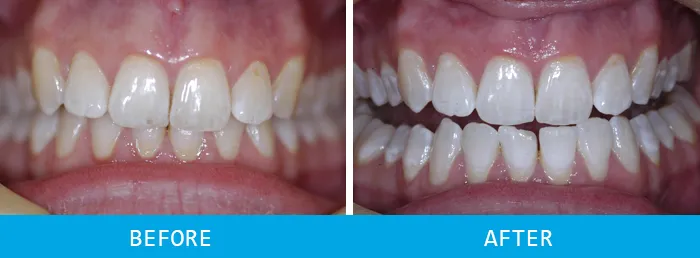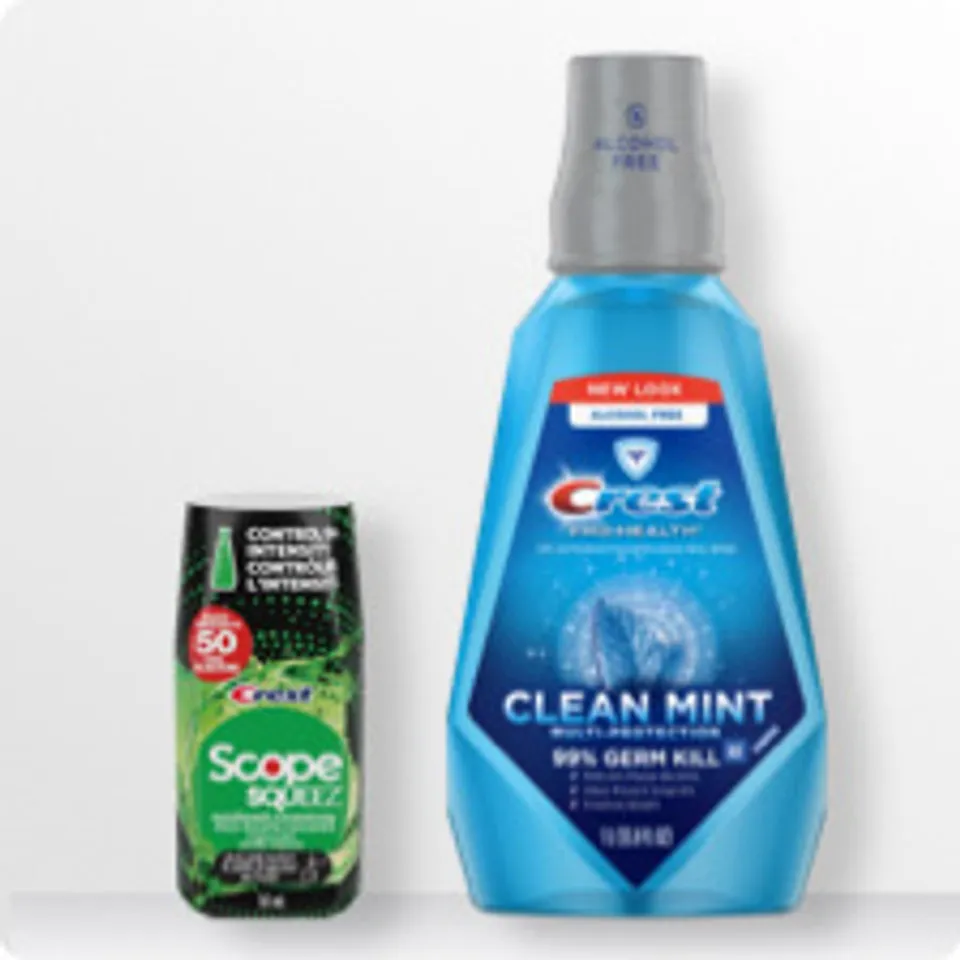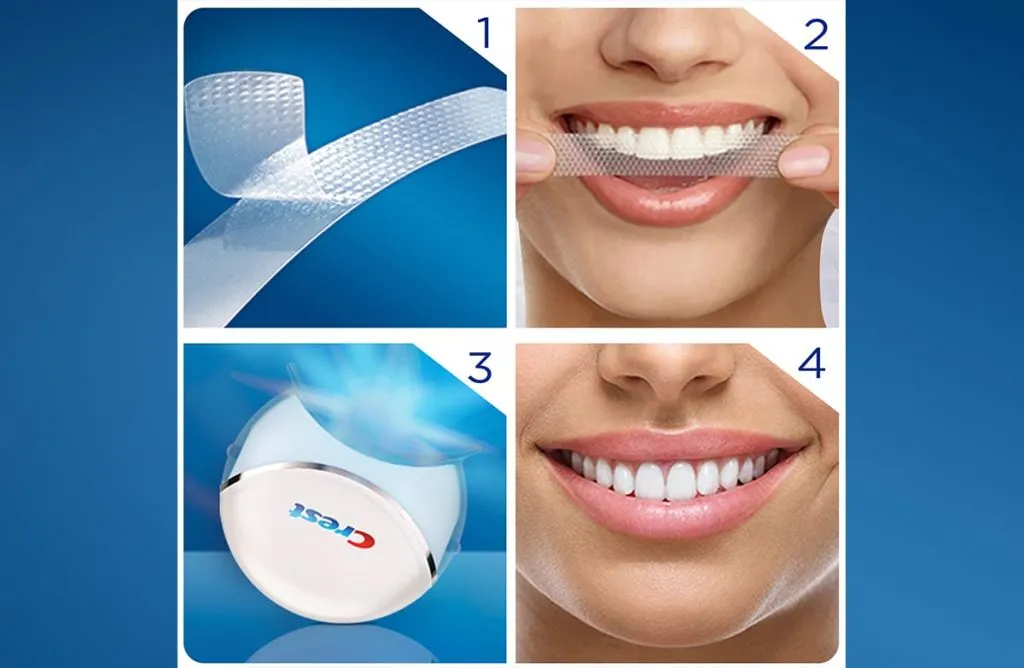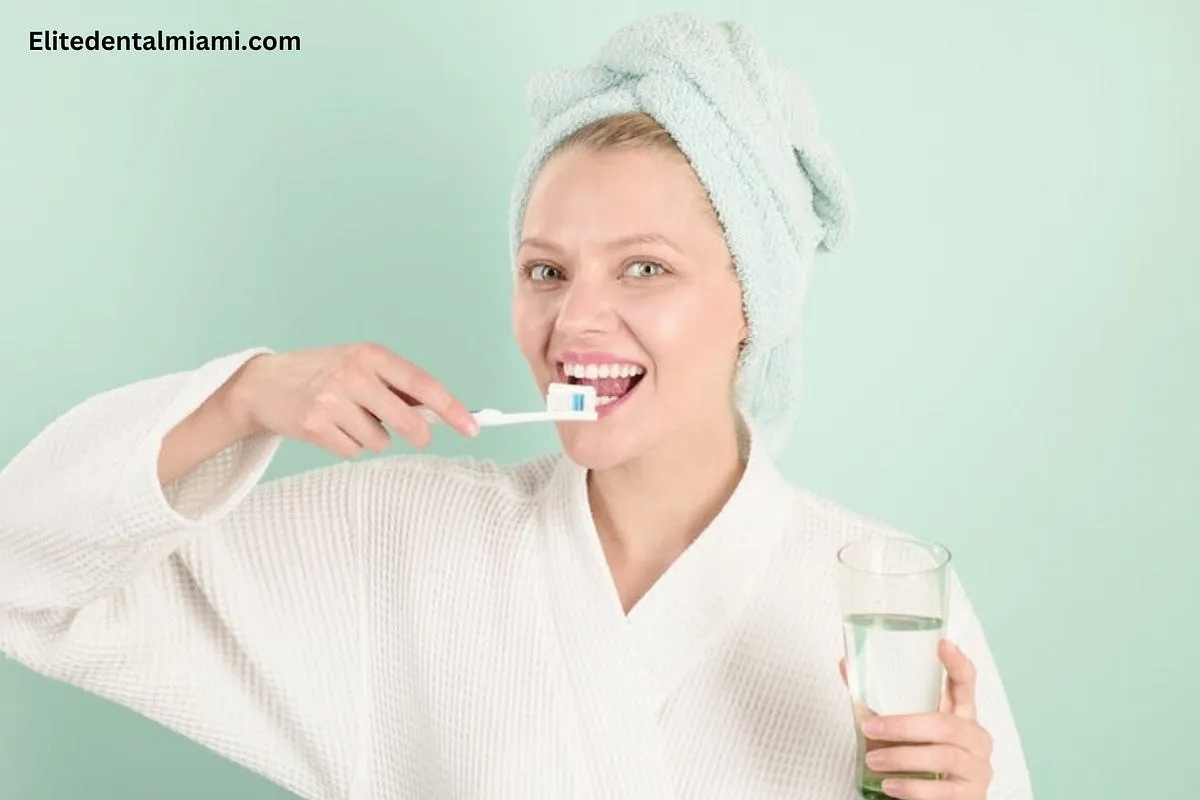Crest Whitening Strips have become a popular and convenient method for achieving a brighter smile. With numerous products available, understanding how to use them effectively is essential to maximize results and minimize potential side effects. One of the most common questions is whether to brush your teeth before or after applying the strips. This guide will delve into the best practices for using Crest Whitening Strips, ensuring you get the most out of your teeth-whitening journey. Proper usage can significantly impact the effectiveness of the strips and the overall health of your teeth.
Understanding Crest Whitening Strips
Crest Whitening Strips are thin, flexible strips coated with a peroxide-based whitening gel. These strips are designed to adhere to your teeth and deliver the whitening agent directly to the enamel. The active ingredient, typically hydrogen peroxide or carbamide peroxide, penetrates the enamel to break down stains and discoloration. The convenience of these strips lies in their ease of use, allowing for at-home whitening treatments without the need for professional dental visits. These strips offer a cost-effective way to enhance your smile, with noticeable results typically appearing within a few days of consistent use.
How Crest Whitening Strips Work
The whitening process involves the peroxide in the gel oxidizing the stain molecules within the enamel. This oxidation breaks down the bonds that hold the stain particles together, effectively lightening the teeth. The strips are designed to fit snugly against the teeth, ensuring close contact between the gel and the enamel surface. The duration of application, typically 30 minutes, allows sufficient time for the peroxide to penetrate and work on the stains. Using the strips as directed is crucial for achieving the best results, as this ensures even coverage and consistent whitening across all teeth.
The Science Behind Teeth Whitening

Teeth whitening relies on the chemical reaction of peroxide breaking down stains. The effectiveness of this process depends on the concentration of the peroxide, the duration of application, and the type of stains present. Surface stains, often caused by coffee, tea, and red wine, are generally easier to remove. Deeper, intrinsic stains may require more extended treatment or professional intervention. Understanding the science behind teeth whitening helps manage expectations and choose the most appropriate whitening method for your specific needs. Consulting a dentist can provide valuable insights into your oral health and the most suitable whitening options.
Why the Order Matters
The order in which you brush your teeth and apply Crest Whitening Strips is critical for maximizing the effectiveness of the strips and protecting your oral health. Brushing immediately before applying the strips can sometimes interfere with the whitening process. Certain toothpaste ingredients, such as sodium lauryl sulfate (SLS), can temporarily reduce the effectiveness of the whitening agent. Additionally, brushing can irritate the gums, potentially increasing sensitivity during the whitening treatment. This is why understanding the correct order is essential for optimal results and minimizing any discomfort.
Potential Issues of Brushing Before
Brushing your teeth right before applying Crest Whitening Strips can lead to several issues. The abrasives in toothpaste may create microscopic scratches on the enamel surface, potentially making your teeth more susceptible to sensitivity. The active ingredients in the toothpaste, and even water, can create a barrier preventing the whitening agent from adhering properly to your teeth. Ensuring that your teeth are clean but not freshly brushed allows the strips to make optimal contact and achieve the best whitening results. Therefore, it is generally recommended to brush your teeth before or after using the strips, but not immediately before.
Impact on Enamel

The enamel is the hard, outer layer of your teeth, protecting the sensitive inner layers. Excessive brushing, especially with abrasive toothpaste, can wear down the enamel over time. This erosion can increase tooth sensitivity and make teeth more vulnerable to decay. Applying Crest Whitening Strips immediately after brushing might exacerbate these effects. Always check the abrasive levels in your toothpaste and consider brushing gently to preserve your enamel. Maintaining healthy enamel ensures your teeth are strong, healthy, and more resistant to staining. Proper care is essential for preserving the natural protective layer of your teeth.
Increased Sensitivity
Tooth sensitivity is a common side effect of teeth whitening. Brushing immediately before applying the strips can further irritate the gums and increase the risk of sensitivity. The whitening agent itself can cause temporary sensitivity in some individuals. If you experience increased sensitivity, consider waiting a while after brushing before applying the strips or consult your dentist. Using a toothpaste designed for sensitive teeth can help alleviate discomfort. This approach ensures you can continue whitening without undue pain. Always follow the manufacturer’s instructions for the duration and frequency of strip use to minimize sensitivity.
The Correct Order for Best Results
The recommended approach is to brush your teeth gently before applying the strips or wait 30 minutes to an hour after brushing. This allows the enamel to re-mineralize and reduces the chances of toothpaste residue interfering with the whitening process. After removing the strips, brush your teeth again. This ensures that any remaining whitening gel is removed, and your mouth is clean. This order optimizes both the whitening effectiveness and the protection of your teeth. Follow these steps to make the most of your teeth whitening efforts while taking care of your oral health.
Step 1 Brush Gently

Gently brush your teeth using a soft-bristled toothbrush to remove any food particles and plaque. Avoid using excessive force, as this can irritate your gums and wear down your enamel. Choose a toothpaste that is fluoride-based to strengthen your teeth and prevent cavities. Be sure to rinse your mouth thoroughly after brushing to eliminate any remaining toothpaste residue. This step helps prepare your teeth for the whitening process, ensuring the strips adhere properly and the whitening agent works effectively.
Step 2 Apply Strips
Carefully apply the Crest Whitening Strips to your teeth, ensuring the gel side makes contact with your teeth. Align the strips with your gum line, pressing them gently to secure them in place. Fold the excess strip material behind your teeth to ensure full coverage. Be sure to avoid touching your gums excessively, as this can cause irritation. Use the strips as directed, usually for 30 minutes, and then remove them. Proper application is critical to achieve an even whitening effect and to prevent the gel from coming into contact with your gums, which can cause sensitivity.
Step 3 Avoid Eating & Drinking
During the whitening process, it is advisable to avoid eating or drinking anything other than water. Certain foods and beverages can stain your teeth and counteract the whitening effects. Dark-colored drinks like coffee, tea, and red wine should be avoided. Eating or drinking during whitening can also dislodge the strips, reducing their effectiveness. Following this guideline helps to maximize the whitening results and prevents any reversal of the lightening process. Always rinse your mouth with water after removing the strips to remove any remaining gel and food particles.
Tips for Optimal Whitening

For best results, follow these additional tips. Ensure that your teeth are dry before applying the strips, as this will help them adhere better. Use a timer to make sure you leave the strips on for the recommended duration. Be consistent with your whitening routine, as the effects are cumulative. If you have sensitive teeth, consider using a toothpaste designed for sensitivity before and after whitening. Avoid smoking or using tobacco products, as they can stain your teeth and reduce the effectiveness of the whitening treatment. Consistent use of the strips and following these tips will help you achieve and maintain a brighter, whiter smile.
Maintaining Whitened Teeth
Once you have achieved the desired level of whitening, maintain your results by practicing good oral hygiene. Brush your teeth twice a day with a fluoride toothpaste, and floss daily to remove plaque and food particles. Regularly visit your dentist for check-ups and professional cleanings. Avoid or limit your intake of stain-causing foods and drinks, such as coffee, tea, red wine, and berries. Consider using a whitening toothpaste or mouthwash to help maintain your brighter smile. Following these practices helps prolong the effects of your whitening treatment and keep your teeth looking their best for a long time.
Common Mistakes to Avoid
There are some common mistakes to avoid when using Crest Whitening Strips. Don’t overuse the strips, as this can increase sensitivity and damage your enamel. Don’t apply the strips to areas other than your teeth, as this can cause gum irritation. Don’t eat or drink anything other than water during the treatment. Don’t skip regular dental check-ups and cleanings. By avoiding these mistakes, you can ensure a safer and more effective teeth whitening experience. Always refer to the product instructions and consult your dentist if you have any concerns or questions regarding your oral health and whitening treatments.
Conclusion

Using Crest Whitening Strips effectively requires understanding the process and following the recommended guidelines. Brushing your teeth gently before applying the strips, or waiting after, is crucial for optimizing results. By following the steps outlined, avoiding common mistakes, and maintaining good oral hygiene, you can achieve a brighter and more confident smile. Remember to consult with your dentist for personalized advice and to ensure your teeth whitening journey is safe and successful. Embracing these practices will not only enhance the appearance of your teeth but also promote overall oral health. The effort you put into your oral hygiene will pay off in the long run, giving you a healthy, radiant smile.
